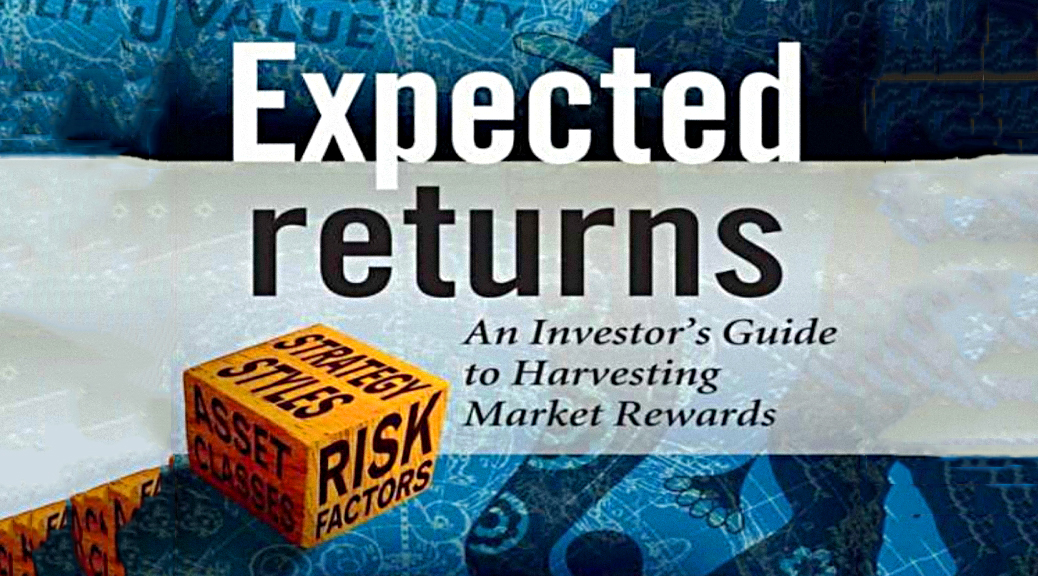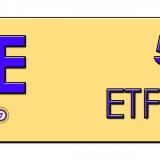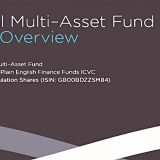Expected Returns
This page collects together all the articles we have published about Antti Ilmanen’s seminal work Expected Returns and summarises the lessons from them.
The lessons
We’ve written seven articles so far, and here are the lessons we’ve learned:
- Investors tend to think of expected returns as a function of the asset class.
- This leads them to take on too much equity risk since diversifying assets like bonds have lower returns that would need to be juiced by leverage.
- Diversification (multiple sources of risk which have worked well over long periods) can help, but correlations are higher when things get tough (in crashes)
- There’s also insurance, but this is expensive when it is needed (because it becomes popular)
- Selling volatility gives good returns except in a crash because people over-pay for insurance – they want to avoid negative skew.
- Another way of putting this is that their value function is not symmetrical – they want to avoid big losses but are drawn to the chance of a big win.
- This can be exploited using options strategies.
- “Lottery tickets” – the most volatile members of an asset class (eg. small cap blue-sky growth stocks) – generally offer poor returns.
- They are over-priced because of the preference of some investors to chase outsize returns.
- Prospect theory explains the simultaneous demand for lottery tickets and insurance through the over-weighting of (salient) low-probability events.
- This means that people like large (but unlikely) payoffs and will buy tickets to win them, but dislike large (but unlikely) losses and will insure against them.
- In contrast, non-salient unlikely events (in effect, things which are thought to be impossible, or are never even considered) are under-weighted.
- Since salience is the driver of the over-weighting, the over-pricing should be worst just after adverse events.
- As well as the lottery preference, leverage-constrained investors may use riskier assets as a substitute, again making them over-priced.
- Low volatility stocks outperform in absolute terms and have much better risk-adjusted volatility (a higher Sharpe ratio – SR).
- There is no reward for buying bonds longer than 5 years or riskier than BB.
- Illiquid assets (eg. venture capital, private equity) have higher returns but some did badly through the 2008 crisis.
- Private equity (PE) is hard to model because of a lack of good data and an artificial smoothing approach to pricing.
- The premium for PE (specifically, US buyouts and not VC) over and above lower-cost public equity is not large and has been shrinking over time.
- Investor demand has driven up PE valuations, and a large premium may not return.
- Nevertheless, institutional demand for PE is increasing – probably because of a preference for return-smoothing (lack of mark-to-market), particularly during market crashes.
- The return smoothing reduces the reported volatility and beta of PE, which in turn overstates the alpha and the diversification benefits (lower correlations) of PE.
- PE has several tilts over public equities – equity risk, illiquidity premium, (small) size and value.
- The equity risk comes from the 100% to 200% of debt for every dollar of equity that is typical in PE – Public firms average 50% of debt for each dollar of equity.
- PE has a beta well above 1, and its diversification benefits are artificially created through price smoothing.
- This strategy will survive a fast bear market like 2007-09 but will be exposed by a slower one.
- Diversifying across investment styles may offer greater returns for less risk.
-
- But styles have lower volatility than stocks, and so they can’t diversify away the equity risk.
- Implementing styles properly also requires the “three dirty words in finance”—leverage, short-selling, and derivatives.
-
- The four key styles are:
- value
- momentum
- carry (yield – this is closely related to value for stocks)
- defensive (low risk/low beta, so equivalent to low vol) – this style can also be extended to include quality measures.
- Size and illiquidity are also relevant in some assets:
- There are risk-based and behavioural explanations of why factors work
- But choosing between these two explanations is not necessary in order to take advantage
- Leverage constraints (for some investors) may explain why low-risk works
- All styles suffer from drawdowns and periods when they don’t work
- So you should use them all in parallel.
- The composite style premia portfolio is not massively correlated to a 60/40 stock/bond portfolio.
- Value and trend may seem contradictory, but it’s a matter of timescale.
- Trend dominates for up to a year, before mean reversion sets in.
- This means that chasing multi-year returns (as many investors do, even when choosing funds) runs straight into reversal effects.
- Value and trend actually combine well together (recent winners can still be cheap), and they act as good diversifiers for each other.
- Trend-following also protects against tail risk (does well in crashes).
- Limited market timing (“time variation in return sources”) may also increase returns.
- Timing can be based on valuation measures, the macro environment and on investor risk aversion.
- But timing is risky and should, therefore, be a minority component.
- In later articles, Antti admits that contrarian rotation based on recent valuations has been hard to implement successfully in recent years.
- Returns from long-only portfolios are falling in line with interest rates and inflation.
- Using realistic future returns pushes up minimum retirement saving rates from 8% pa (of income) to 15%.
- There are three ways to improve returns – more equities, more illiquids and/or more factor tilts and alternative risk premia.
- Typical performance evaluation windows (for funds and managers) of three to five years are likely to lead to underperformance from reversals (mean reversion).
- This does not conflict with the use of short-term performance (months rather than years) in momentum and trend-following strategies.
- Investors should use three dimensions to evaluate their portfolios (the “cube”):
- asset classes
- strategy styles (factors) and
- risk factors (fundamental macro factors that are not directly investable)
- Long-term investors have an advantage that they can exploit through selling insurance.
- This means selling volatility via index puts (as mentioned above).
- The problem with these strategies is that they lose money at the very worst times, and you need to be certain that you can tolerate the losses.
- Stocks average a 3% to 5% premium over bonds over long timescales (in the US)
- Global equity premia are a bit lower.
- Real long-run growth in dividends and earnings per share lags GDP.
- Issuing new shares does not benefit existing shareholders.
- Equity valuations are highest under stable mild inflation and low macro-volatility.
- Bond returns should be higher from longer maturity bonds.
- But interest rate and inflation expectations complicate the picture.
- As do safe-haven and supply/demand factors.
- Stock-bond correlations are not consistently negative (indeed on average they are slightly positive).
- Bonds are most useful when inflation is low and they can act as a safe haven from equity volatility.
- A steep yield curve tends to coincide with a high unemployment rate, and a yield curve inversion predicts a recession.
- Investment-grade credits only outperform Treasuries by 0.2% to 0.5% pa
- This is poor compensation for lower liquidity, poorer diversification from equities and losses when you don’t want them.
- Long-dated corporate bonds do especially badly.
- Short-dated, top-rated bonds have a good Sharpe ratio but perform badly in financial crises.
- BB-rated bonds perform best, probably because of forced selling by institutional (index) investors).
- CCC bonds perform the worst though they do well in bull markets.
- Speculative (high yield) bonds behave quite like equity.
- Spreads overstate the advantage of credits because they ignore defaults, downgrades and calling rights (effectively options held by the issuer).
The articles
As the articles are published on the main site, links to each of them will appear here.











































